japanese pagoda tree pros and cons
The Pagoda tree is highly. Japanese Pagoda Heritage Tree.
:max_bytes(150000):strip_icc()/japanese-pagoda-tree-care-5186863-06-ea23bcea86d74cdd998d083e1da1f11e.jpg)
Japanese Pagoda Tree Care And Growing Guide
See it on the map.

. 50 - 70 Site characteristics. The wood is useful in construction. Pros and Cons of the Mimosa Tree.
Best used for High Blood Pressure. The bark of the tree is moderately coarse adding winter interest. It is an Asian species that can be grown in US.
Tolerates drought Native range. Special Precautions and Warnings. In addition to landscaping the pagoda tree s flowers have medicinal qualities.
Planting the Japanese pagoda tree A major advantage of Sophora japonica is that it doesnt have very stringent requirements to grow. It usually grows 25 to 35 feet tall but can sometimes reach heights of up to 100 feet. Regent rapid growth profuse.
The seeds might cause serious side effects. Pros Cons of Planting Trees in Your Yard. Japanese Pagodatree Flower.
The Japanese Pagoda Tree is hardy in zones 4 to 8 and once established it resists heat drought and air pollution. This tree is also a source of rutin an anti-inflammatory and antioxidant chemical. The Japanese Pagoda tree grows to about 12 to 23 meters in length.
It grows in a tropical climate. 50 - 82 Other. The yellowish white flowers about.
The leaves are imparipinnate and the flowers are white. And the tree is cultivated as an ornamental in many places. Best used for High Blood Pressure.
Styphnolobium japonicum. In Japan Europe and North America it has been introduced as a flowering tree. Plenty of fragrant summer flowers on a large tree should be reason enough to try a Japanese Pagoda tree.
Princeton Upright upright. For decades the Japanese pagoda tree has been widely planted near temples and shrines in eastern Asia. And the tree is cultivated as an ornamental in many places.
The Pagoda Tree has a broad form that can reach 70 though 40 to 50 is more commonThe Japanese Pagoda Tree has a juvinile growth period that lasts several years. The plant is important in traditional medicine and its leaves and flowers are edible. The Japanese pagoda tree grows 1223 metres about 4075 feet tall and features alternate compound leaves with 7 to 17 leaflets.
There is a spectacular weeping form but sadly it does not bloom very much if at all. Locate a sunny spot to plant a Japanese pagoda tree. Clay loam sandy soils.
The seeds might cause serious side effects including facial swelling or death. The Japanese pagoda tree is often grown as a shade tree in lawns or on patios however flowers and seedpods often leave stains on pavement. 5b - 9a Wetdry.
The seeds of the pagoda tree are POSSIBLY UNSAFE for most people when taken by mouth. The Tree is a deciduous tree it will be up to 20 m 66 ft high. One advantage to potting a pagoda plant is the ability to control the reproduction of this plant through rhizomes.
This is one summer flowering tree. Japanese blueberry tree pros and cons. Though it can adapt to nearly any growing environment youll have the best results with deep soil the less chalky the better and lots of warmth and full sun.
Although a full sun exposure is best the tree can tolerate part shade. Mimosa Albizia julibrissin is a small deciduous tree with puffy pink flowers and a fast growth rate. The seeds might cause serious side effects.
East Experiment Station East side. If you would like more pagoda tree information click on this article. This seems more appropriate since the tree is native to China and not Japan.
If you do pot the pagoda plant keep in mind its need for fertile well-draining soil. While some parts of the pagoda tree are edible the peas are toxic and should not be consumed. Tree form is variable from upright to spreading.
Regent rapid growth profuse. Sophora Japonica Japanese Pagoda Tree Scholar Tree Pfaf Plant Database No report of Salivary gland pain is found in people who take Japanese pagoda-tree. Potting and Repotting.
The Japanese pagoda tree is originally from China. The trees compound leaves which range from 6 to 10 inches in length contain 7 to 17 ovate dark. Questions about Pagoda Tree asked by other gardeners.
The Japanese Pagoda Tree likes full sun rich well-drained soil and moderate watering but once established its a hardy specimen that tolerates urban conditions well and requires little maintenance. The seeds might cause serious side effects. Join Us -Sign up to get all the latest gardening tips.
A tendency common between trees bred for aesthetic enjoyment. Now that you know how tree roots work and where they are likely to spread lets go over some pros and cons of planting trees in your yard. The location should have.
The wood of pagoda tree is weak. Trees do best in areas with full sun or partial shade and moderate amounts of water. Some identifying characteristics are its oval leaflets gray-brown bark and shiny green twigs.
Japanese Pagodatree Fruit is cold in nature. The seeds of the pagoda tree are POSSIBLY UNSAFE for most people when taken by mouth. It bears alternate compound leaves each carrying about 7 to 17 leaflets.
It grows up to 20 M. Japanese Pagodatree Fruit. Japanese Pagodatree is a tree.
The Japanese pagoda tree is often called the Chinese scholar tree. The Pagoda Tree is botanically called Styphnolobium japonicum. This ornamental tree is native to China Korea and Vietnam.
Attractive cream-colored flowers in late July. While pagoda plants are most commonly planted directly in the ground you can choose to plant them in a pot. The dried flowers and buds of the pagoda tree are used as a medicinal herb in China Japan and Korea to treat bleeding hemorrhoids and hematemesis.
The wood of pagoda tree is weak. The pagoda tree is one of the official trees of Beijing China and is part of some significant Chinese legends. But pagoda tree seeds are possibly unsafe for most people.

Pagoda Tree Facts And Health Benefits
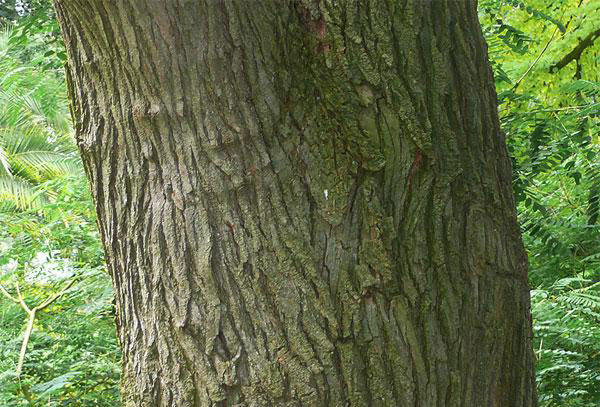
Pagoda Tree Facts And Health Benefits
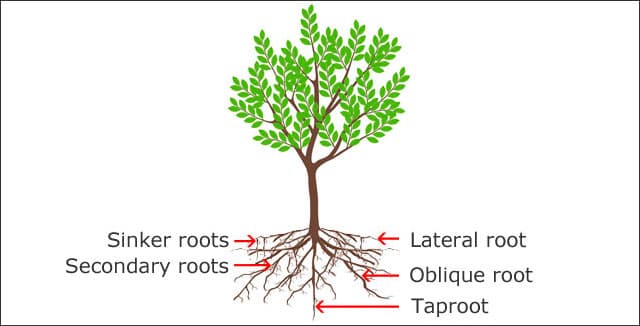
Tree Roots Trees With The Strongest And Deepest Roots
:max_bytes(150000):strip_icc()/japanese-pagoda-tree-care-5186863-04-eea66be4d0454af08c590e51a6e51aca.jpg)
Japanese Pagoda Tree Care And Growing Guide

Pagoda Tree Facts And Health Benefits
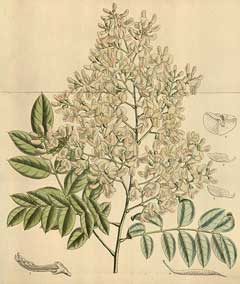
Sophora Japonica Japanese Pagoda Tree Scholar Tree Pfaf Plant Database
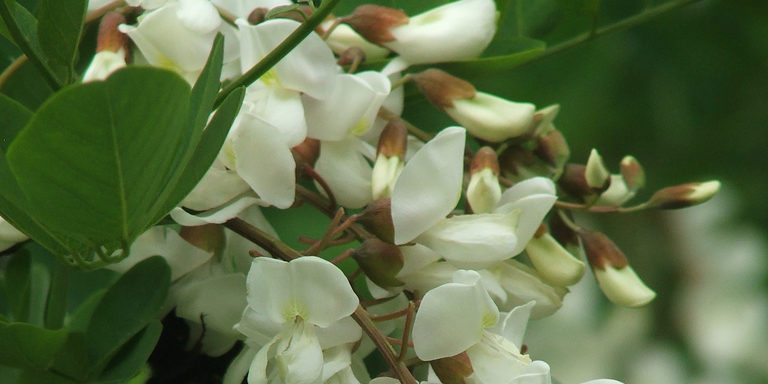
Tree Of The Month Japanese Pagoda Tree Casey Trees
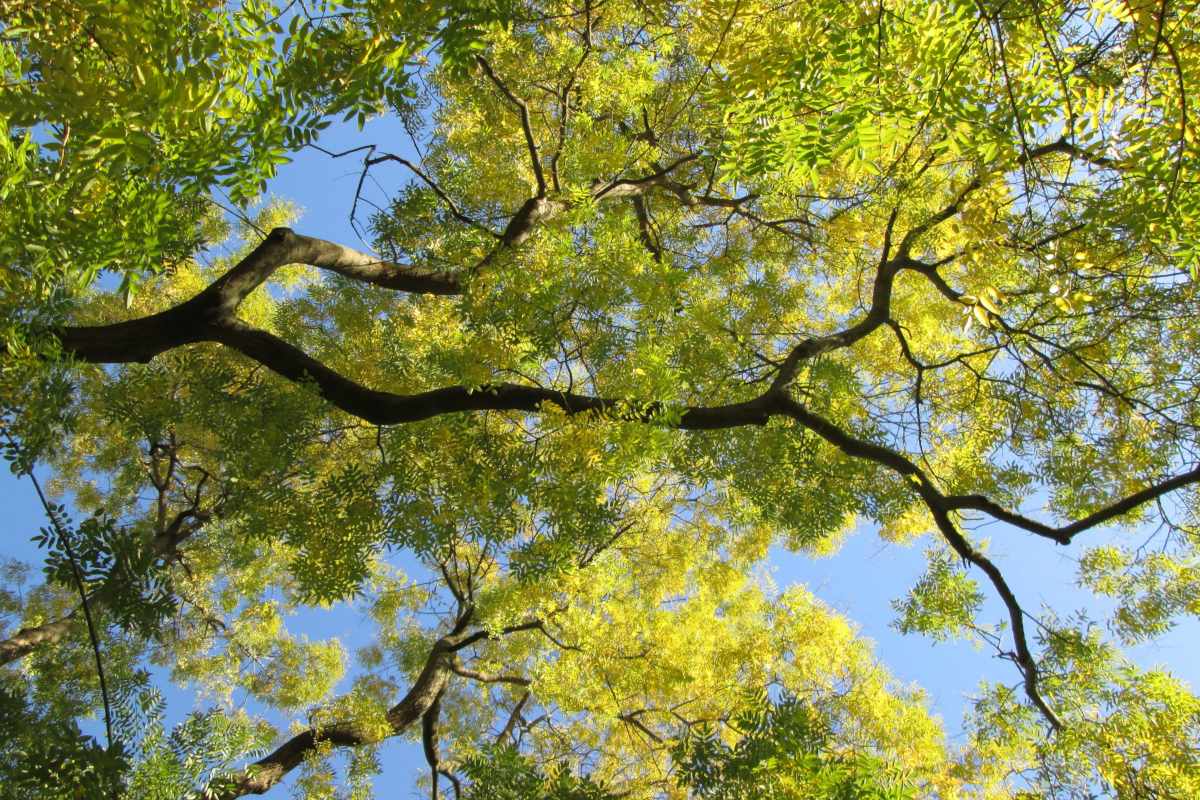
Japanese Pagoda Tree An Elegant And Airy Slow Growing Giant For Parks
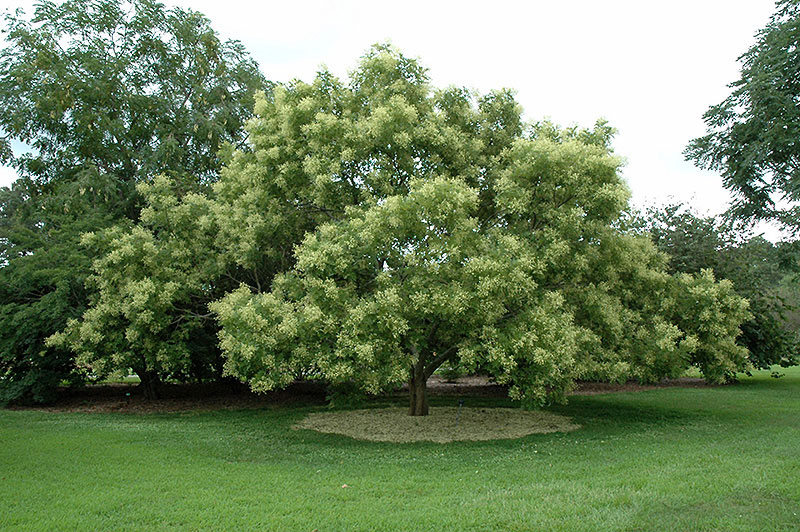
Pagoda Tree Facts And Health Benefits

Sophora Japonica Japanese Pagoda Tree Scholar Tree Pfaf Plant Database
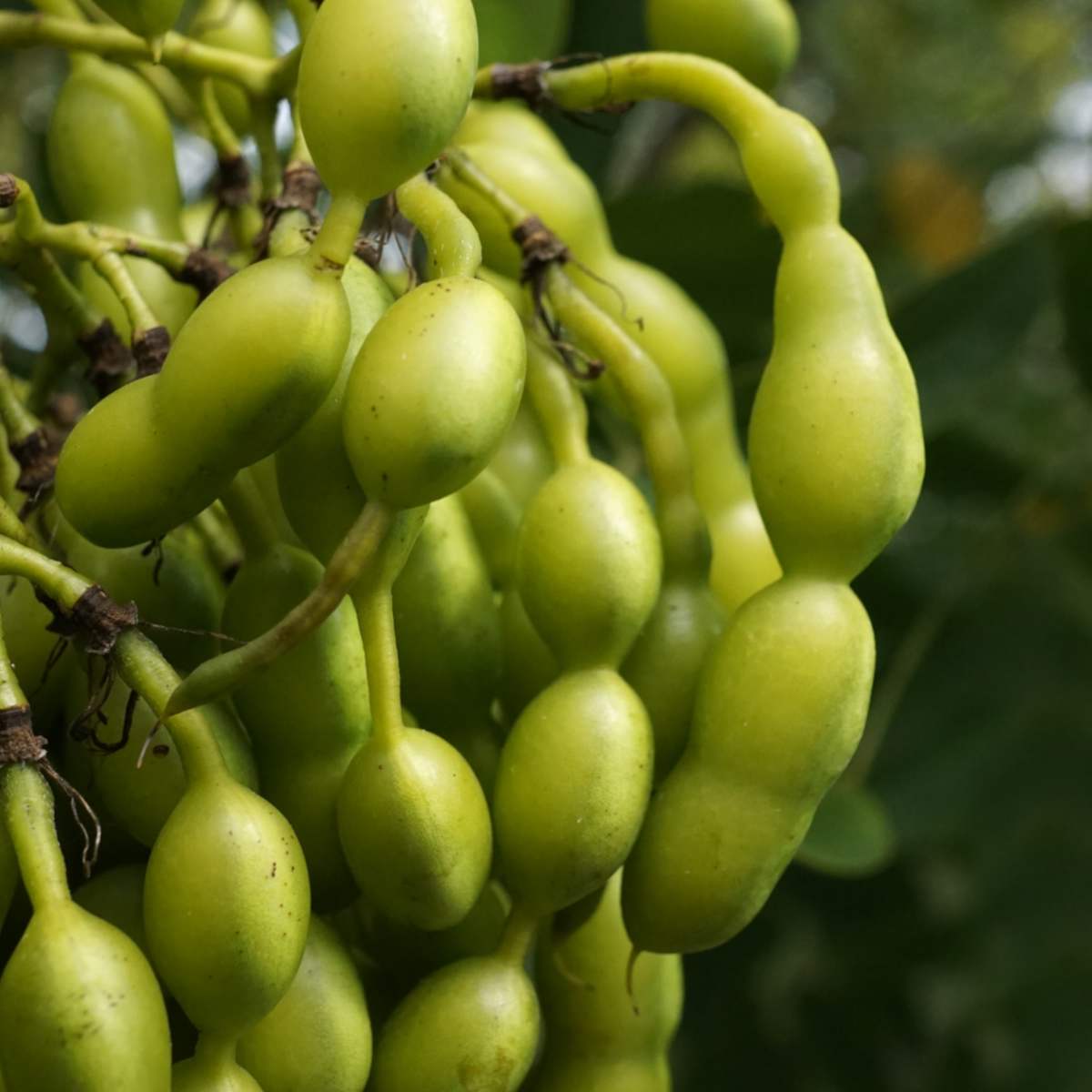
Japanese Pagoda Tree An Elegant And Airy Slow Growing Giant For Parks

Pagoda Tree Facts And Health Benefits

Fast Growing Trees For Creating Privacy Better Homes Gardens
/japanese-pagoda-tree-care-5186863-hero-b959bcf0d99349dcaef36a3b9e0cfeb0.jpg)
Japanese Pagoda Tree Care And Growing Guide

Japanese Pagoda Tree An Elegant And Airy Slow Growing Giant For Parks

Styphnolobium Japonicum Pagoda Tree Buy Seeds At Rarepalmseeds Com
:max_bytes(150000):strip_icc()/japanese-pagoda-tree-care-5186863-02-40fc3009a3e544499b255f71c2f98b8a.jpg)
:max_bytes(150000):strip_icc()/japanese-pagoda-tree-care-5186863-07-678db2e12f964f979141917e3892ee54.jpg)